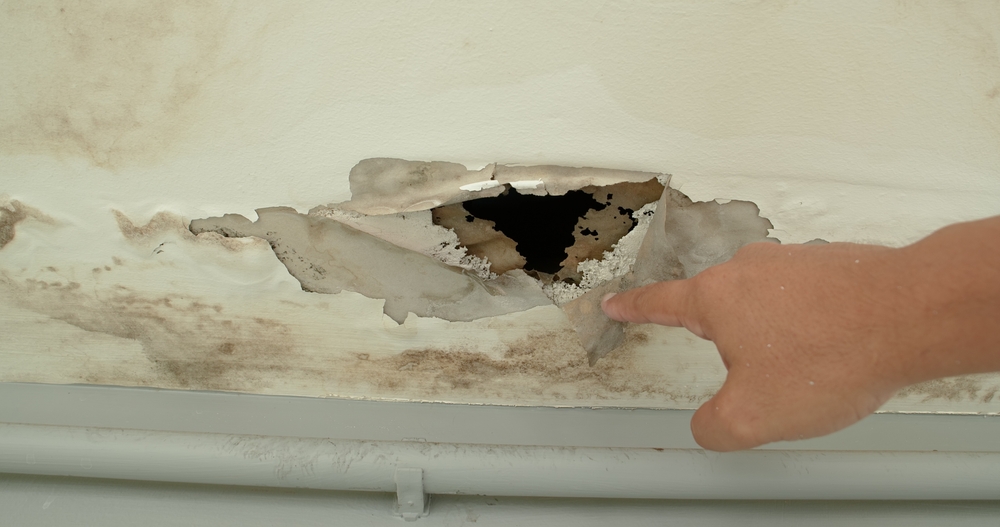Step-by-Step Guide to Water Damage Restoration
July 09, 2025
Water damage can occur in an instant and leave you feeling overwhelmed. If the issue is the result of a burst pipe or a leaky roof, you must address it promptly. The quicker you act, the better the outcome.
Here is a step-by-step guide to the process, along with an explanation of its importance.
Assess the Damage
The first step is always to assess the damage. Find out where the water came from and how much damage it caused. Check for any hidden areas, like behind walls or under floors. It is important to do this as soon as possible, as water can spread quickly. If you are unsure, it is always best to call a professional to evaluate the situation.
Remove the Water
After assessing the damage, the next step is to remove the water. Standing water causes more damage the longer it sits. Professionals use special pumps and vacuums to remove the water efficiently. For minor flooding, a wet vacuum may help, but for larger areas, professional help is crucial to get the job done right.
Dry and Dehumidify
Once the water is removed, drying the area is next. If you leave moisture on the floors, walls, and ceilings, you will leave an opportunity for mold growth. Dehumidifiers and high-powered fans will help you to dry out the space completely. The drying process can take a few days, so it is important to be patient and thorough to prevent further damage.
Clean and Sanitize
The next step after drying is cleaning and sanitizing the affected area. Bacteria and other contaminants thrive in damp areas. To prevent them from getting out of hand, you must clean everything thoroughly. Proper cleaning will help to eliminate health risks and prepare space for repairs. Special cleaning products and disinfectants are used to ensure that everything is safe and sanitized.
Restore and Repair
After the area is clean and dry, it is time for the restoration. In this step, you will need to repair any structural damage caused by the water. You will also need to replace drywall, flooring, and any other affected materials. If the damage is extensive, it is best to call in professionals for the restoration process to ensure everything is properly fixed.
Prevent Future Damage
After completing the restoration, it is time to think about preventing future water damage. Check the plumbing for leaks and inspect the roof for any damage. You will also need to drain around your home properly. Regular maintenance reduces the chances of future water-related issues and gives you peace of mind.
Signs That You May Need Water Damage Restoration
Sometimes, water damage is obvious. You might see water pooled on the floor or notice damp spots on the walls. Other times, the signs can be more subtle. Here are a few signs that indicate you may need water damage restoration:
Musty smells — A strong, musty odor can be a sign of mold or mildew.
Discolored walls or ceilings — Brown or yellow spots can indicate water damage.
Peeling or bubbling paint — Water can cause paint to lift from walls or ceilings.
Warped floors — Wood floors can warp or buckle when exposed to water.
For more on water damage restoration, visit Alliance Water Restoration. We are currently servicing Virginia, Maryland, and Washington D.C. Call (703) 542-5930 to book an appointment today.


